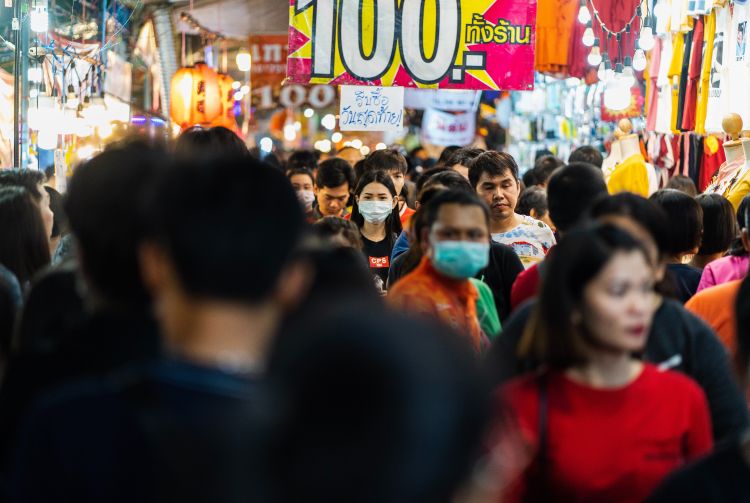As the world continues to grapple with the aftereffects of the coronavirus pandemic, China now reports a new pneumonia outbreak, stirring global concerns reminiscent of the recent past. Amid a notable increase in respiratory illnesses, China faces its first full winter since easing COVID-19 restrictions last December. In response, the Indian government has urged states to bolster public health and hospital preparedness, though it emphasises that there is no immediate cause for alarm.
The Union health secretary has instructed states and Union territories to enhance medical infrastructure, including hospital beds, influenza drugs and vaccines, medical oxygen, antibiotics, personal protective equipment (PPE), and testing kits. States are also directed to adhere to the Revised Surveillance Strategy for COVID-19, focusing on integrated surveillance of respiratory pathogens that manifest as influenza-like illnesses (ILI) and severe acute respiratory infections (SARI).
READ | Lending curbs a tightrope walk between capex growth and inflation
The disease’s symptoms include fever, lung inflammation without coughing, and pulmonary nodules—often remnants of previous infections. While China has reported no fatalities to date, pneumonia poses significant risks, especially to young children and the elderly. The World Health Organisation highlighted in a 2022 report that pneumonia-related deaths are most prevalent in Asia and sub-Saharan Africa.
Reasons behind sudden pneumonia outbreak
The outbreak’s sudden emergence is linked to the lifting of COVID-19 restrictions, facilitating the spread of known pathogens such as influenza and common bacterial infections in young children. The arrival of winter further exacerbates the situation. The National Health Commission (NHC) of China anticipates a further drop in temperatures in the coming weeks.
First announced on November 13, the outbreak has led to a spike in hospitalisations and extended waiting times in many hospitals. The WHO has requested detailed information from China and noted pneumonia clusters among children. Beijing and Liaoning, situated 800 km apart, are the primary infection hotspots, with the northeastern regions of China also heavily affected. Hospitals are currently seeing around 1,200 emergency room patients daily.
Children are particularly vulnerable, constituting a significant portion of hospitalisations. Medical experts in China suggest that older individuals may possess some immunity against these pathogens. If this is true, existing vaccines could offer protection, unlike during the initial coronavirus outbreak when no vaccine was available. Currently, no new disease has been identified, and the outbreak appears to stem from existing pathogens.
The specific strains of pathogens causing the outbreak in China have not been definitively identified. While mycoplasma pneumoniae is believed to be the primary cause among children, the exact pathogens responsible for the remaining cases remain unclear. Further testing and analysis are needed to determine the precise etiologies of these infections.
The long-term implications of the outbreak on China’s healthcare system and public health infrastructure are uncertain. The surge in hospitalisations and the strain on medical resources could potentially impact the overall quality of healthcare delivery in China. Additionally, the outbreak may highlight the need for investments in preventive measures and public health education to mitigate future respiratory illnesses.
The potential for the outbreak to spread beyond China’s borders warrants international cooperation and vigilance. The WHO has urged countries to maintain heightened surveillance and preparedness measures to detect and respond to any potential importation of the outbreak. Effective communication and information sharing between nations are crucial to prevent the spread of the disease.
In India, authorities are more prepared compared to the onset of the coronavirus pandemic. China has also intensified testing and surveillance, learning from past criticisms. Medical experts are optimistic that, should the outbreak spread beyond China, effective vaccines and treatments will soon be available, given the known nature of the illness. For example, mycoplasma pneumonia can be treated with the antibiotic Azithromycin.
The WHO has issued straightforward guidelines for curbing the spread of the disease, recommending maintaining distance from sick individuals, mask-wearing as necessary, good ventilation, and regular hand-washing. Social media users have speculated about a new virus, but it is essential to rely on trustworthy sources and avoid unnecessary panic.

